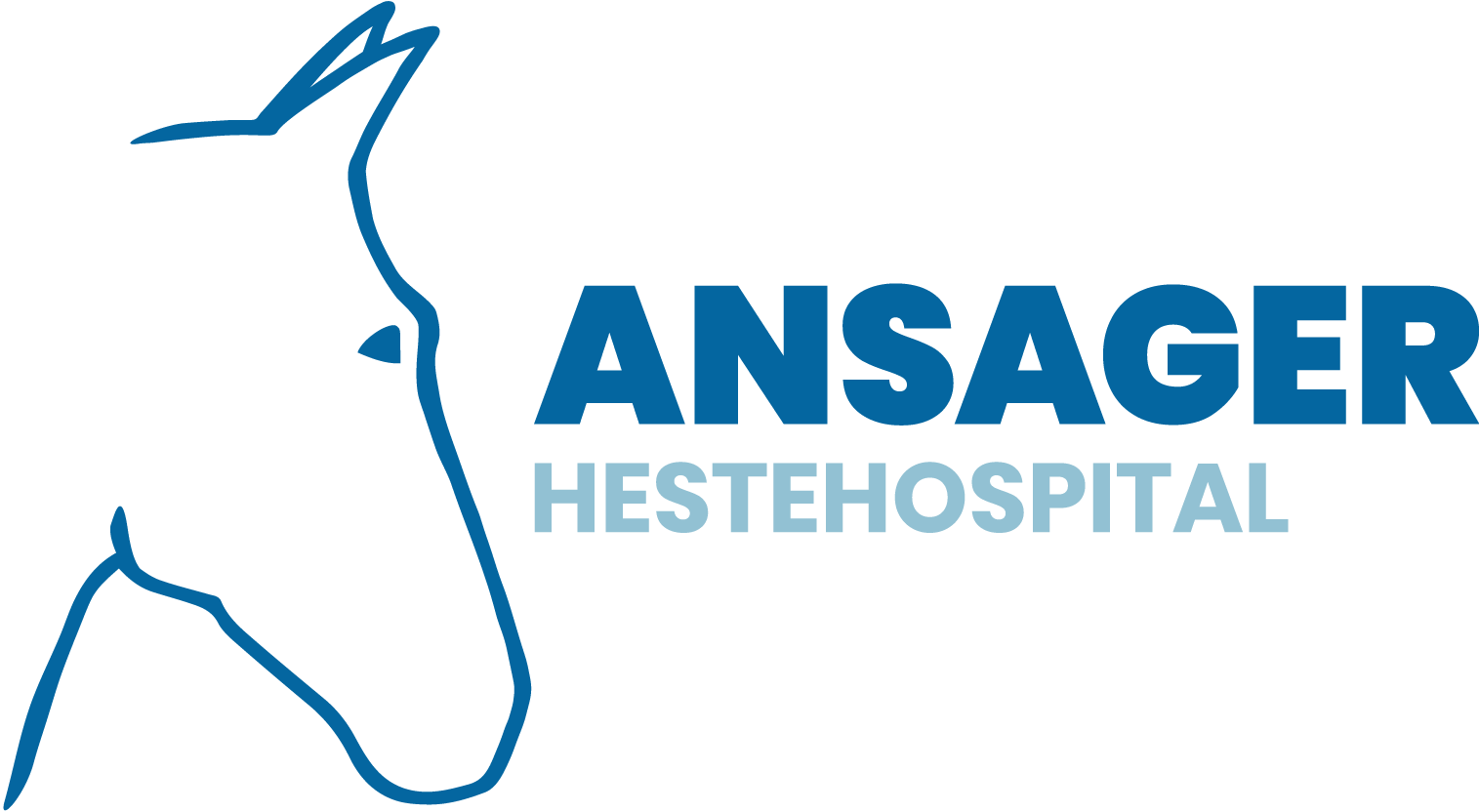Impact of yeast endometritis on fertility in the mare
Journal og Equine Veterinary Science
Gærsvamp og endometritis hos hopper
Peter Fog og Jesper Møller Nielsen fra Anasger Hestehospital har i samabejde med Professor Anders Miki Bojesen fra KU-Sund fået optaget artikel i Journal of Equine Veterinary Science
Du kan få adgang til artikel via dette link og læse abstract og konklusion herunder https://www.sciencedirect.com/science/article/abs/pii/S0737080621000393
Abstract
Background
The breeding prognosis for a mare with fungal (yeast or mold) endometritis is generally considered poor. To our knowledge, however, no reports have been published on the expected pregnancy rate for mares diagnosed with a fungal infection.
Study design
Insemination records from 3223 mares inseminated at two stud farms were retrospectively examined. Mares diagnosed with fungal endometritis were all treated with uterine lavage using physiological saline, intrauterine deposition of 100 mg Clotrimazole vagitorial tablets and oxytocin (10 i.e., i.m.) for three consecutive days.
Methods
From mares with signs of endometritis microbiological culture and cytological assessment was performed on endometrial biopsies. The per season pregnancy results were compared between affected and unaffected mares.
Results
A total of 686 mares out of 3223 mares were considered to have endometritis. Based on the endometrial biopsies obtained, 377 (55%) had no growth, 50 (7.2%) had growth of yeast, 2 (0.3%) had growth of mold and 257 (37.4%) had growth of bacteria recorded. Positive cytology was found in 78.0 % of samples diagnosed with yeast endometritis whereas that was the case in 65.6 % of samples showing growth of mold or bacteria (P = 0.12). The per-season pregnancy rate was 48 % in mares diagnosed with yeast endometritis. The overall per season pregnancy rate in the two stud farms was 76.4% (P<0.0001, Odds ratio = 3.59, Confidence interval 95% = 2.04 – 6.29).
Conclusions
Yeast can make up a considerable cause of endometritis. The breeding prognosis of a mare with yeast endometritis must be considered worse than that of a normal mare. Following management of the condition approximately 50% of the mares previously diagnosed with an endometrial yeast infection got in foal rendering the breeding prognosis better than initially anticipated.
Keywords
 | Ansager Hestehospital |
 | Gartnerhaven 5 6823 Ansager |

| Telefon +45 7529 7066 |

| Mail til klinikken kontakt.ansager@vetgruppen.dk |
